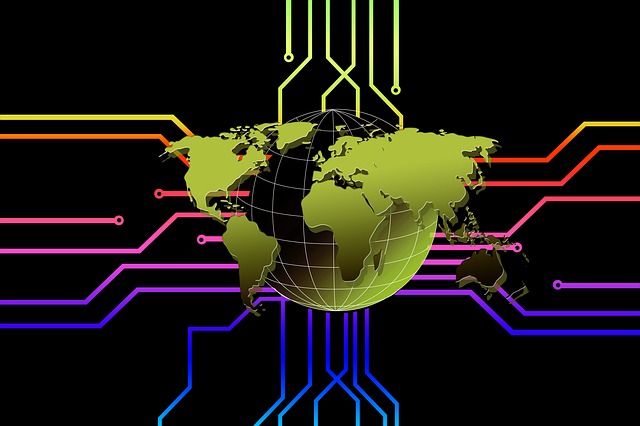The mass adoption of cloud computing over the last decade or so has changed the way businesses operate, but the world’s hunger for data and connectivity continues to push IT infrastructure and design in new directions. Some of the technologies that are being used to manage demand—edge computing and content delivery networks (CDNs)—actually predate the cloud. The evolution of Akamai edge computing is a good example of how CDN companies are changing IT operations with innovative edge computing solutions.
Akamai Edge Computing Applies Tools from the Past to Address Current Needs
Akamai Technologies was born out of a challenge issued by Tim Berners-Lee, the inventor of the world wide web, only a few years after the web itself opened to the general public. Foreseeing traffic congestion problems, Berners-Lee challenged his colleagues at the Massachusetts Institute of Technology (MIT) to develop potential solutions. One solution that arose from this challenge grew into the company Akamai, incorporated in 1998.
As one of the largest CDN companies in the world and a pioneer in the arena, Akamai has expanded upon the original concepts upon which it was created. Now, the company offers an edge cloud platform and services that capitalize on the advantages and mitigate the challenges of edge computing.
What Are CDN and Edge Computing Applications?
A CDN is a network of servers in various locations that allows digital information to reside closer to its source or user. In contrast to the centralization of data that occurs in cloud computing structure, the distributed nature of CDNs allows these systems to deliver content more efficiently and, therefore, with better speed and reliability.
Edge computing takes the CDN model—which began basically as distributed caching—and expands upon it, putting processing capability closer to the source or the place the information will be used. CDN companies like Akamai have now envisioned and developed additional edge computing applications, including the following:
- Gathering, storing, and processing of data and analytics;
- Delivery of media, especially that with high-bandwidth, low-latency needs like audio and video;
- Providing security services for websites, applications, and APIs;
- Remote monitoring of Internet of things (IoT) equipment; and
- Enabling virtual reality (VR), artificial intelligence (AI), and autonomous devices.
The common thread for all of these applications is a need for real-time data or computing. This is where the distributed network of servers provided by CDN companies and edge providers becomes valuable.
Akamai Edge Computing Solutions
Edge computing applications retain the practice of centralized management but decentralize storage and processing of information. Akamai’s 240,000 servers in 130 countries allow the company to provide services that incorporate the best aspects of local and cloud solutions by placing applications, processing power, and storage where it is most efficient and beneficial for those elements to be—whether in the cloud, at the edge, or in local devices.
Akamai aims to defeat the challenges of edge computing, cloud computing, and local IT infrastructure by offering services along the entire spectrum through its edge cloud platform and other offerings.
Edge Security Solutions from Akamai
Security is a major concern for businesses of all sizes. Businesses are responsible for protecting information, devices, networks, and systems locally, on the web, in the cloud, and at the edge. Akamai offers a range of edge security solutions for common threats:
- Bot management services and domain name system (DNS) security help prevent credential stuffing and website hacks.
- Customer identity access management (CIAM) helps businesses offer personalized web experiences while maintaining user privacy and security.
- Distributed denial-of-service (DDoS) protections and firewalls secure customer-facing applications and APIs.
- Firewalls, remote access solutions, and malware prevention protect company devices, networks, and systems.
Indulge Your Curiosity about Akamai Edge Computing Applications
If you’ve considered researching Akamai, it’s worth a few minutes of your time, even if just to learn more about the company’s remarkable history. I suspect most people with business or personal interests in technology will also be drawn to learn more about Akamai edge computing applications and how they can be used in modern IT design and infrastructure.
